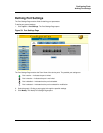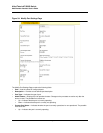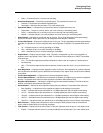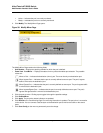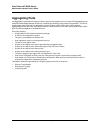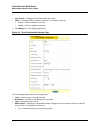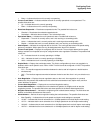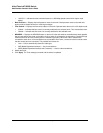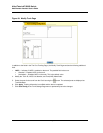
Page 62
Allied Telesis AT-8000S Switch
Web Browser Interface User’s Guide
Aggregating Ports
Link Aggregation optimizes port usage by linking a group of ports together to form a single LAG. Aggregating ports
multiplies the bandwidth between the devices, increases port flexibility, and provides link redundancy. The device
supports both static LAGs and Link Aggregation Control Protocol (LACP) LAGs. LACP LAGs negotiate
aggregating port links with other LACP ports located on a different device. If the other device ports are also LACP
ports, the devices establish a LAG between them.
Ensure the following:
• All ports within a LAG must be the same media type.
• A VLAN is not configured on the port.
• The port is not assigned to a different LAG.
• Auto-negotiation mode is not configured on the port.
• The port is in full-duplex mode.
• All ports in the LAG have the same ingress filtering and tagged modes.
• All ports in the LAG have the same back pressure and flow control modes.
• All ports in the LAG have the same priority.
• All ports in the LAG have the same transceiver type.
• The device supports up to eight LAGs, and eight ports in each LAG.
• Ports can be configured as LACP ports only if the ports are not part of a previously configured LAG.
• Ports added to a LAG lose their individual port configuration. When ports are removed from the LAG, the
original port configuration is applied to the ports.
This section contains the procedures for configuring static port trunks on the device.
• Defining Trunk Settings
• Defining Port Trunking
• Configuring LACP




